Curious about the science behind those quiet yet effective heat-powered stove fans? Look no further! In this post, we'll delve into the mechanics that make these devices tick. Operating solely on the heat generated by your stove, these fans boast a simplicity that belies their efficiency. From the thermoelectric modules to the clever engineering behind the blades, we'll break down the components and explain how heat is converted into a gentle, consistent airflow. Get ready to gain a deeper understanding of the fascinating technology that transforms your stove's warmth into a distributed, cozy embrace throughout your living space.
What is a Wood Stove Fan Used For?
 A wood stove fan is a highly effective and eco-friendly accessory designed to enhance the efficiency of wood-burning stoves. Its primary purpose is to distribute and circulate warm air generated by the stove more efficiently throughout the living space. In addition to promoting energy efficiency, wood stove fans contribute to a more sustainable and environmentally friendly approach to home heating.
A wood stove fan is a highly effective and eco-friendly accessory designed to enhance the efficiency of wood-burning stoves. Its primary purpose is to distribute and circulate warm air generated by the stove more efficiently throughout the living space. In addition to promoting energy efficiency, wood stove fans contribute to a more sustainable and environmentally friendly approach to home heating.
How Do Heat-Powered Stove Fans Work?
Heat-powered stove fans, also known as wood stove fans or thermal fans, work on a simple principle. These fans use the heat generated by a wood-burning stove or fireplace to produce electricity, which then powers the fan.
Here's a basic breakdown of how they work:
- Heat Source: The fan is placed on top of a wood-burning stove or fireplace where it can be exposed to the heat.
- Thermoelectric Module: Inside the fan, there's a thermoelectric module. This module has two sides – a hot side and a cold side.
- Temperature Difference: The heat from the stove warms up one side of the thermoelectric module, creating a temperature difference between the hot and cold sides.
- Electricity Generation: The temperature difference induces the flow of electrons, generating a small amount of electricity.
- Powering the Fan: The generated electricity powers a small motor in the fan, causing the blades to spin.
- Air Circulation: As the fan blades rotate, they circulate warm air around the room. This helps distribute the heat more evenly and efficiently.
What are the Benefits of a Stove Fan?
A wood stove fan offers several notable benefits for those utilizing wood-burning stoves for heating. Here is a list of just a handful of benefits you could see from a heat-powered fan.
- Improved Heat Circulation: Distributes warm air more effectively throughout the room, preventing uneven temperatures.
- Energy-Efficient: Operates without the need for external power sources or batteries, reducing energy consumption.
- Environmentally Friendly: Supports eco-friendly heating practices by utilizing the stove's own heat to power the fan.
- Cost-Effective: Offers a cost-efficient solution to improve heating effectiveness without additional electricity expenses.
- Easy Installation: Typically easy to install, requiring minimal setup or technical expertise.
- Automatic Operation: The fan speed is directly proportional to the stove's temperature, providing an automatic and hassle-free heating solution.
- Low Maintenance: Generally requires minimal maintenance, adding convenience to the wood-burning stove setup.
In summary, heat-powered stove fans are a great tool to use for heat circulation. Keep it alongside your other fireplace tools and log rack so you can heat up your living space to your wood stove’s full potential.
If you are looking into other ways to warm up your home this winter and are thinking about using space heaters, make sure to check out this article called "5 Questions You’ve Always Wanted to Ask About Space Heaters". Electric fireplaces are another great option! If you like the idea but aren’t sure how to integrate them into your home, check out this blog on making an electric fireplace look like a built-in fireplace.
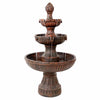
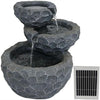
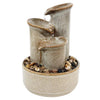

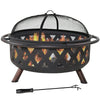
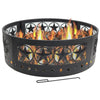

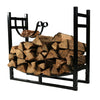
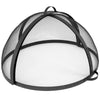
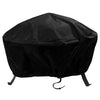
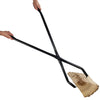
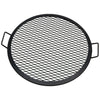

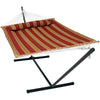
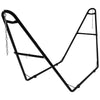


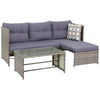
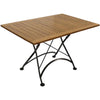
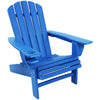


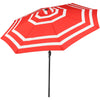
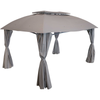



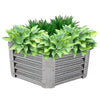
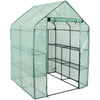
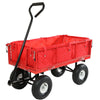
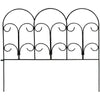
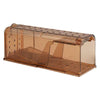
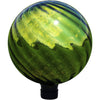



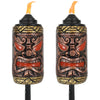






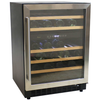
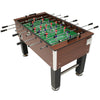
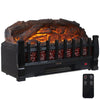
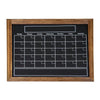














1 comment
avenue17
You are not similar to the expert :)